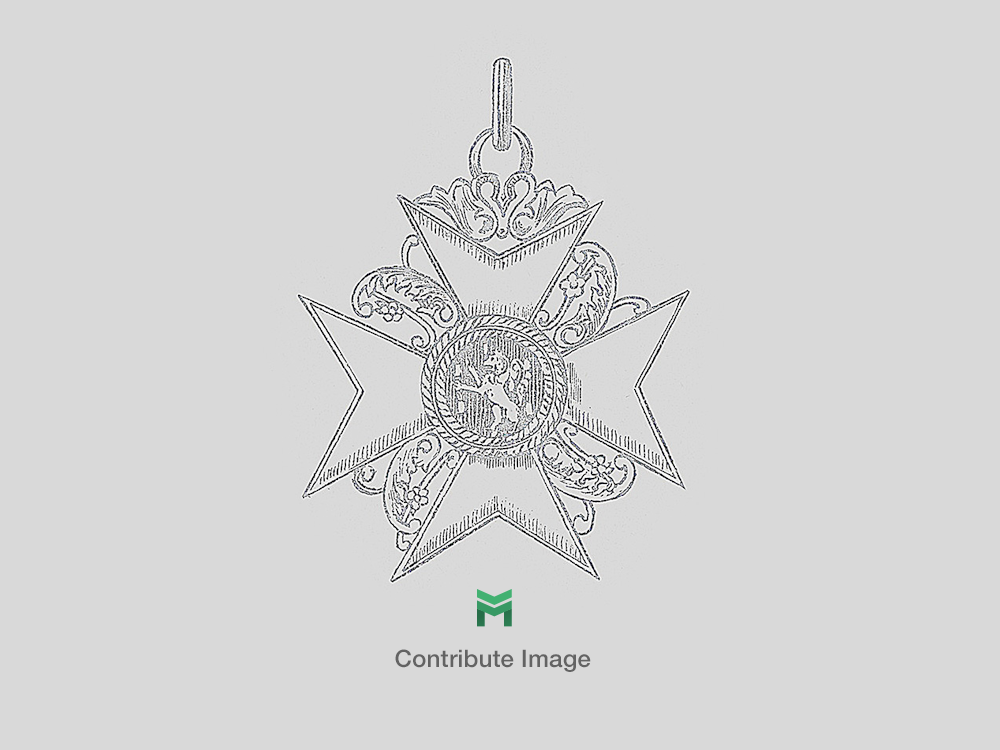Afrikakorps Waffen-SS Field Tunic (M42 version)
CATEGORY: Version
SKU: 23.GOR.02.01.04.001.000
Estimated market value:

Estimated market value:
During the Second World War, German troops stationed in northern Africa are generally referred to as the Afrikakorps. Technically, this is not entirely correct, since some German units operating in Africa were not actually part of the DAK (Deutsches Afrikakorps), and some units of it were, in fact, Italian ones. However, for the purpose of collecting so-called “tropical” uniforms and insignia, collectors have simplified the meaning of the term.
The first German troops were sent to northern Africa in February of 1941, to support their Italian allies against the British. The climate of the African continent made it necessary to wear specialised uniforms and gear that not only supported the soldiers in serving in a hot and arid environment, but also helped them in blending in with the landscape, which, in general, presented itself as brown, olive, khaki, or sand/tan in colour. Worn over long periods of time under the blistering desert sun, some uniforms were eventually bleached to white or off-white. Uniforms and insignia in these colours are often referred to as “tropical”, and it is worth noting that they weren’t just worn by members of units stationed in Africa, but in the entire Mediterranean theatre of war, including southern France, Italy, the Balkans, and Greece, as well as in southern Russia during the summer months. Tropical uniforms were worn by members of all three branches of the Wehrmacht: the Heer (army), the Kriegsmarine (navy), and the Luftwaffe (air force). Members of the Waffen-SS stationed in southerly regions also wore tropical-style uniforms, and even though they technically have no connection to the DAK, all tropical uniforms and insignia of all branches of the German military are listed here.
The first SS pattern tropical uniform was introduced in 1942. The design is very similar in appearance to Italian-made tropical clothing, known as "Sahariana" style. The tunic features scalloped panels on the upper breast and back. The breast panels are buttoned to the breast pockets.
The M42 tunic is composed of a light-weight tan cotton and features four pleated front pockets. The interior of the tunic is lined with a minimal layer of tan cotton. Originally, the tunics were manufactured with removable tan or olive-coloured glass pebbled buttons.
Unlike other tunics, the tropical M42 features two fabric tunnels, rather than loops, to fit removable shoulder boards to the uniform.
The waistline of the tunic features inverted metal hooks to hold the wearer’s belt in place, as well as a drawstring to adjust the fit of the tunic. To increase ventilation, the tunic features a front and back panel, as well as ventilation eyelets under the armpit.
In 1943, the SS introduced a second pattern tropical uniform. The M43 varied little from the first pattern and the most significant alteration was the removal of the pocket pleats.
Overall, relatively few members of the Waffen-SS wore the SS tropical uniform, and it was primarily issued to the 1. SS-Panzer-Division ‘Leibstandarte SS Adolf Hitler’, the SS-Polizei Division, and the 16. SS-Panzergrenadier-Division ‘Reichsführer-SS’, who served in Italy in 1943.
A large number of these uniforms were found at the Dachau clothing depot following German capitulation.

Comments
Sign in to comment and reply.


Scroll Top